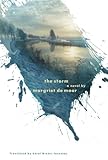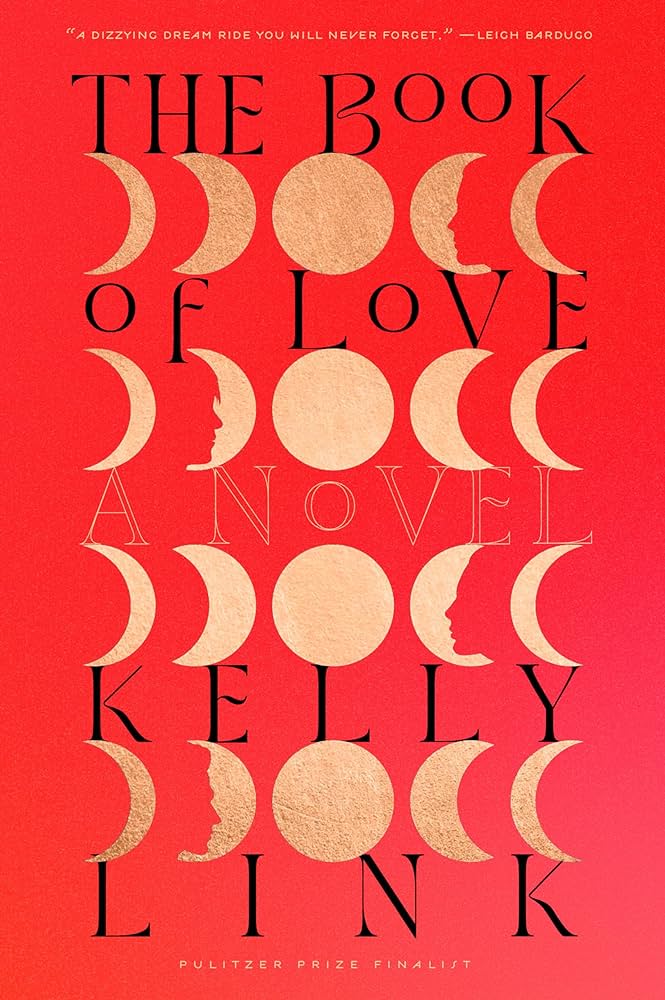Dutch writer Margriet de Moor belongs to a select group: she writes literary fiction in a foreign language, she’s not a man, and she’s had consistent critical success in the United States. Since 1991, four of her novels, which include The Kreutzer Sonata and The Virtuoso, were not only translated into English, they got picked up for review – and praised – in The New York Times. All of which may leave de Moor peerless.
 Given such a solid track record, her new historical novel, The Storm, is surprisingly wobbly. It’s got engaging historical details about the ocean’s power over Dutch life. There are demure sex scenes and macabre, watery deaths. Its bleakness – joy seems banal in this giddily dark book – is often thrilling. But the omniscient narration is choppy and unsteady. This makes the novel a struggle to read and, together with a clumsy ending, only mildly enjoyable.
Given such a solid track record, her new historical novel, The Storm, is surprisingly wobbly. It’s got engaging historical details about the ocean’s power over Dutch life. There are demure sex scenes and macabre, watery deaths. Its bleakness – joy seems banal in this giddily dark book – is often thrilling. But the omniscient narration is choppy and unsteady. This makes the novel a struggle to read and, together with a clumsy ending, only mildly enjoyable.
The novel poses as a five-part family drama set during one of the Netherlands’ most legendary floods. On January 31, 1953, hurricane-strength winds caused a storm surge that overwhelmed ancient dikes and raged across the southwestern province of Zeeland, “like a plague from heaven, sweeping away 1,836 people, 120,000 animals, and 772 square miles of land at one stroke.” Seawater temporarily erased Zeeland, leading to a massive coastal barrier project called the Delta Commission.
This historic tragedy swallows the lives of two fictional sisters, Lidy and Armanda Brouwer. The cleverly arranged plot starts when, on a whim, Lidy and Armanda swap places for a day. Elder sister Lidy takes a car trip. Armanda stays home to babysit Lidy’s daughter Nadja, then – in a jealous move – attends a party with Lidy’s husband, Sjoerd. This all occurs innocently enough. Except Lidy drives to Zeeland the day the storm hits.
As Lidy departs, we’re told on the first page “her farewell was a final one.” The plot then splits. We get alternating chapters of Lidy’s nasty, brutish life cut short by the storm, and Armanda’s nasty, long life pursuing love with hand-me-down Sjoerd. The parallel storylines allow for heavy resonance between their lives.
We’re meant to assume that Lidy will die and guilt-saddled Armanda will grieve but get happy later, yes? By the time the fast-paced second part begins, de Moor makes clear she’s not telling, and will instead attempt to maintain the suspense. The grand theme of uncertainty rises nicely until Armanda’s gloom gets repetitive in part three. There’s climactic power by the end of part four, but it all collapses into cliché ghost-whispering in the 20 pages of part five, titled “Responsorium.”
As characters, the sisters not only look alike, they’re both depressive, aloof, and unremarkable. Lidy is a victim of the storm. Armanda endures a lifelong sense of being defined by the tragedy. The storm is much more interesting, so de Moor focuses there, trying to whip up the story into an opera of splashy gloom.
“Cosmic and earthly powers from unimaginably distant regions are converging right in front of us,” says an excitable engineer to Lidy as she rides a ferry to Zeeland. “The extreme storm flood! Oh! Can you just imagine it? Have you never heard anything about the hellish catastrophes in the old days? The Saint Elisabeth’s flood in the fifteenth century, that swallowed up the entire province of South Holland? A century later: Saint Felix, even worse…” In these moments, the minor characters feel like they’re playing roles designed to capture the theatrical quality of the national drama. Too much of this makes the book feel less like a novel and more like a patchwork of scenes.
As if on a grand stage, Lidy motors further into Zeeland, “Clouds with glistening edges were being pushed in front and behind one another like flats of scenery across the panorama on the other side of the windshield.” As the dikes collapse, de Moor even steps out from the wings of authorial omniscience to deliver a spooky Shakespearean aside, asking the audience, “What are visions of terror? Unreal things against an unreal backdrop?”
Cut to Lidy trapped in a farmhouse attic watching with other survivors as people outside drown. The writing is powerful here, unintentionally evoking images of New Orleans after Hurricane Katrina. When a woman gives birth in the attic, Lidy notes how “birth and death cries are similar, that they both resemble and illuminate one another.” De Moor then capably zooms out, making humanity small, to explain the atmospheric and tidal forces bashing against the Dutch flood-defense system. “This was land that had been pushing itself outward for centuries, changing its shape constantly and sometimes drastically, because it lay embedded between two arms of the sea that did what arms usually do: they move.”
The aftermath is ghoulish. Lidy’s fate darkens. Armanda’s life worsens as decades pass and Lidy is never found. Sailors fish dead bodies from the ocean, remarking how “they would never eat eels again as long as they lived.” Dead children are stacked on tables in makeshift morgues in a church. Funerals end with thunder and lightning. When Armanda later marries Lidy’s husband, Sjoerd, because the sisters look alike, de Moor writes, “The bride is wearing a mask. By chance it’s her own face.”
A bit of the author’s good work is lost under Knopf’s bad choice to re-title the book. The very first line reads, “One of them, Lidy, stood at the window and looked out.” The line is just OK under the title, The Storm. But under the original title, The Drowned (De Verdronkene), the words “one of them” foreshadow Lidy’s connection to the Dutch who died in “the nightmare of ‘fifty-three,” and the floods of yore. And de Moor later repeats this theme explicitly, when Armanda mulls over her life in frustration and thinks, “At the end of the day, everything in this country is now linked forever to Lidy’s epic.”










